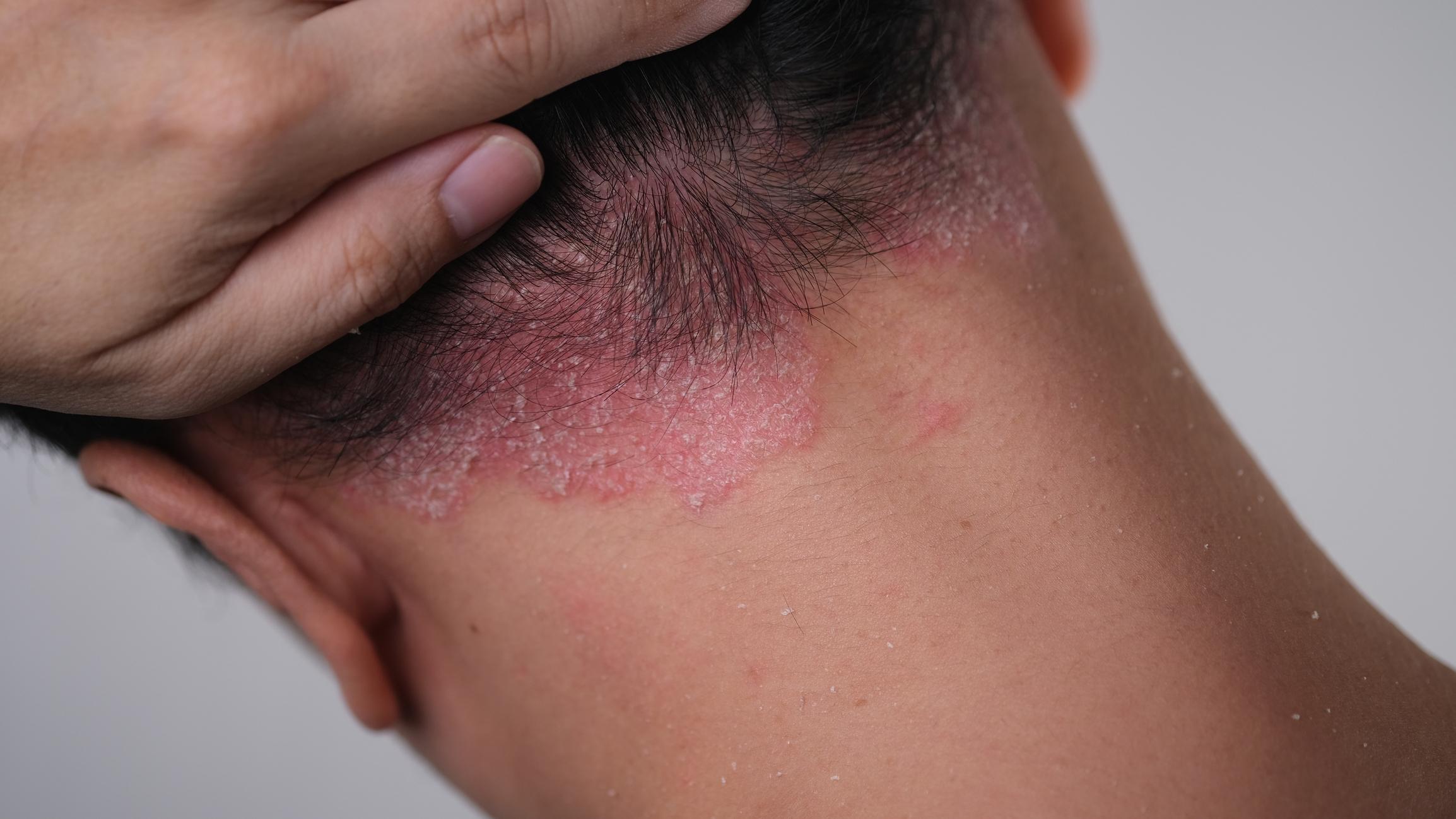A protocol fixes the therapeutic approach according to the patients. This made it possible to harmonize practices.

A year of waiting. This is the time it takes to diagnose lupus. During this time, the patients are not treated or so imperfectly. Even after diagnosis, treatments are not always ideal. A recently updated protocol helps doctors and patients to better orient themselves in the disease. New molecules are also raising a lot of hope.
The organization reigns
Systemic lupus is a rare autoimmune disease. In fact, “a study by the National Reference Center has shown that 27,000 patients suffer from lupus in France”, figures Professor Zahir Amoura. This professor of internal medicine heads the National Reference Center on lupus at the Pitié-Salpêtrière hospital (Paris). It is this rarity that has long complicated the diagnosis. Until the establishment of centers of reference and competence.
The care of patients and their follow-up have been greatly facilitated by these same centers. “This is what I call the silent revolution,” confirms Professor Amoura. Among the advances cited by this lupus specialist, the national diagnostic and care protocol (PNDS).
This consensus made it possible to structure the therapeutic approach. “As the disease is very heterogeneous, doctors often tended to do ‘their cooking in their corner’, remembers the Parisian internist. Thanks to the PNDS, things are well defined. We treat in a more consensual manner. »It was updated in January 2017.
Two combined approaches
The basic treatment of systemic lupus is based mainly on commonly used drugs: synthetic antimalarials, corticosteroids and immunosuppressants. The first act as a so-called substantive treatment. This represents a real upheaval in the therapeutic approach.
“Before, we focused on acute organ damage. Now we are giving a drug that decreases the activity of the disease for most of the patient’s life, ”explains Zahir Amoura. Immunosuppressants thus occupy an increasing place, especially as the risk of infection is better controlled.
When the inflammatory flare-ups do appear anyway, doctors resort to occasional treatments which then target the suffering organs. If possible without resorting to corticosteroids too often. “Lupus is a chronic disease and corticosteroids can lead to a cardiovascular risk, which is important in systemic lupus”, explains Professor Amoura.
Because it is the current philosophy: to use molecules available for a long time while limiting their side effects. The result is there since the survival of the patients has progressed. It is now comparable to the general population. “In the 1950s, only half of the patients were still alive 5 to 10 years after diagnosis. The road traveled is considerable with old medicines. “
More targeted treatments
But these approaches have a major flaw: none specifically target the mechanisms of systemic lupus. Other recently emerged drugs do. This is particularly the case with belimumab and rituximab, two monoclonal antibodies. Other antibodies are in development. “They target interferon in particular, a protein that plays a deleterious role in lupus,” explains Zahir Amoura. Antibodies are able to block the action of this molecule on its receptor. “
However, these biotherapies are still reserved for refractory patients, those who do not respond to conventional treatments. The case is not that rare: 25% of people followed for lupus continue to have flare-ups while they are being treated. “In the future, we will probably use these new molecules sooner”, augurs the internist.

.















